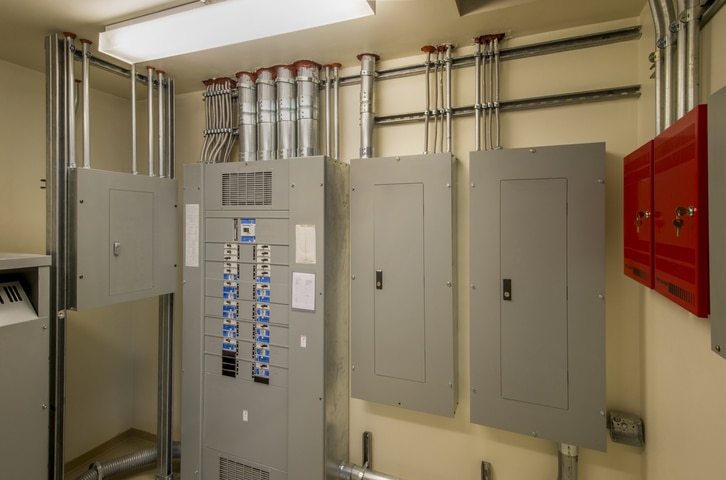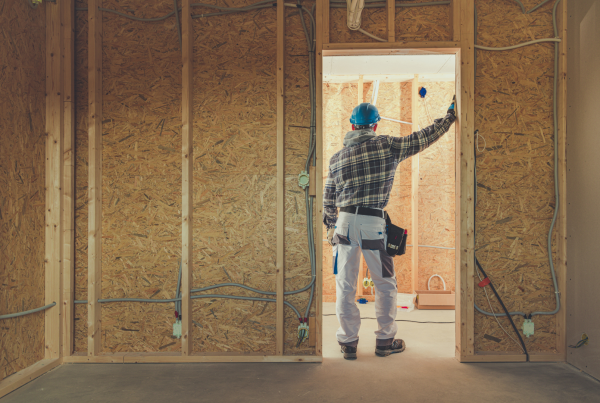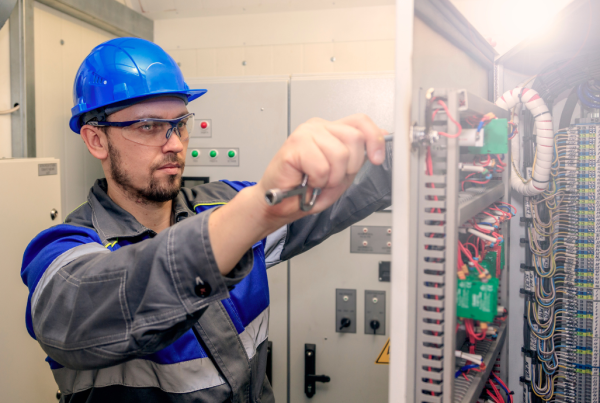Every electrical system relies on the main and/or sub-panel to give users control over the circuits and system in general. And it’s a good idea for any in-house maintenance personnel and for the property owners to understand how the panels work and the outline and flow of the circuit itself.
The goal is to help you troubleshoot any issues that come up during normal operation, avoid certain hazards and understand everything that is involved if you ever want to upgrade your system. It will also make electrical maintenance easier for you. To start, you should be able to identify both the main and sub-panels, be familiar with how they work, know how to identify which one needs maintenance, and understand the primary differences between a main and sub-panel in order to ensure employee safety.
A Closer Look at the Main Panel
This is where the main power line(s) for the system is controlled from. Power is coming directly into your system from the utility company, so this panel usually includes:
- Switch for connecting and disconnecting power
- Subpanel outlets and controls
- Heavy-duty wiring and breakers
- Regulators
Your main panel can have up to six circuit breakers that control the subpanel. Generally, sub-panels are more common in the industrial sector, and though commercial systems may have them as well, they usually have just a main panel.
So what Is A Sub Panel?
Electrical contractors use these panels to connect heavy-duty machinery to the main panel. They are primarily responsible for controlling branch circuits and appliance load.
These panels are similar to the main panel in their function, except they aren’t fed by the main power line from the utility provider. Electrical service and repairing usually involve troubleshooting the subpanel first. They generally have four to twelve slots, but you can also install more breakers if needed.
Choosing the Right Commercial Panel Size
The main panel is responsible for bringing the power line from the utility circuit to your commercial area, with the sub-panels distributing power after that. With that in mind, there are two primary considerations when choosing a subpanel size. These include:
- Amperage required for the machine/subpanel
- Additional demand for slots. In other words, how many machines/systems you need to connect to a single sub-panel.
When choosing, make sure that the subpanel won’t be overloaded and can handle the amperage that you need to flow through it. For example, a panel for light tools or PCs may require a panel of 60 to 100 amps.
You can calculate the load you need to place on every panel by finding the square footage of the area you are trying to power and the energy requirements of the equipment you will use in this area.
Electrical contractors usually look for:
- The wattage of expected electrical usage
- A list of the equipment/devices connected to the subpanel
- Total those two items, and then divide the sum of both by 240.
This calculation will give you the capacity you can expect, helping you to identify the proper subpanel for you.
If you’re looking for more details, the electrical contractor who installed the system, or the most recent contractor you worked with should have more information on the system, though Skyline is always available for a consult. If you would like expert help in determining the best way to work with a main or sub-panel or would like to get your electrical system tested, get in contact with us today! Our electricians have worked across a wide range of industries and can help you get the right solutions at the right time and cost.




